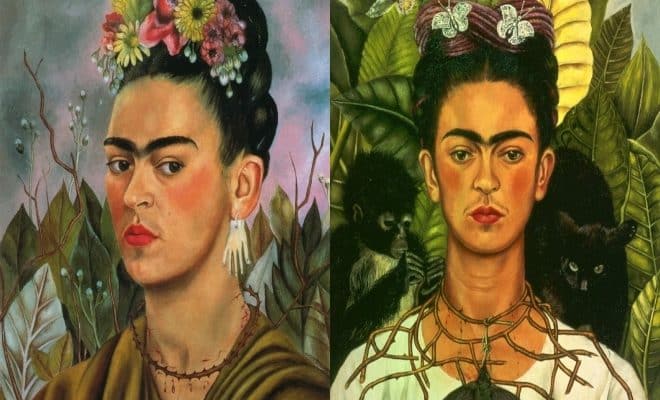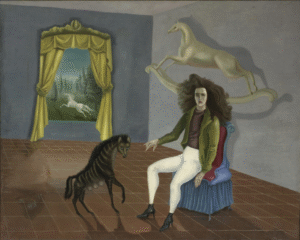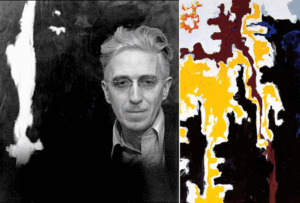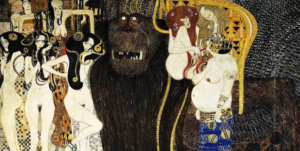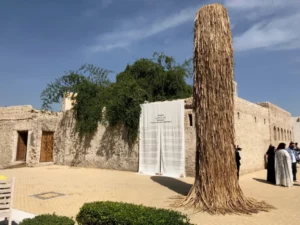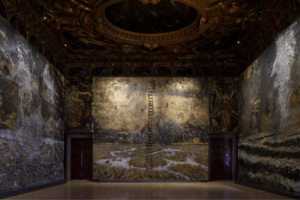“All children are artists. The problem is how to remain an artist as we grow up.” – Pablo Picasso
The fact that one of the greatest artists of all time believed that every human being carried in them the spark of artistic inspiration from their childhood is encouraging. However, the problem of keeping that creative spark alive and turning it to the driving force that makes someone an artist seemed often puzzling for the great genius as well for those who consider themselves as working artists.
Here, we will provide answers to a couple of questions that should clarify some of the dilemmas related to the perception of artists and their art. First of all, we will try to find out when it is appropriate for you to start calling yourself an artist and focus on the importance of defining yourself as one.
When Is It Acceptable To Start Calling Yourself An Artist?
This is one of the most controversial questions that has sparked numerous fiery debates in artistic circles so far. There were three prevailing opinions that resulted from these debates, and we are going to question each of these to discover how plausible they are. Supposedly, you can start calling yourself an artist when:
- You gain considerable formal education related to art
- You started getting paid for your artwork
- Your artwork gets a long-awaited public recognition
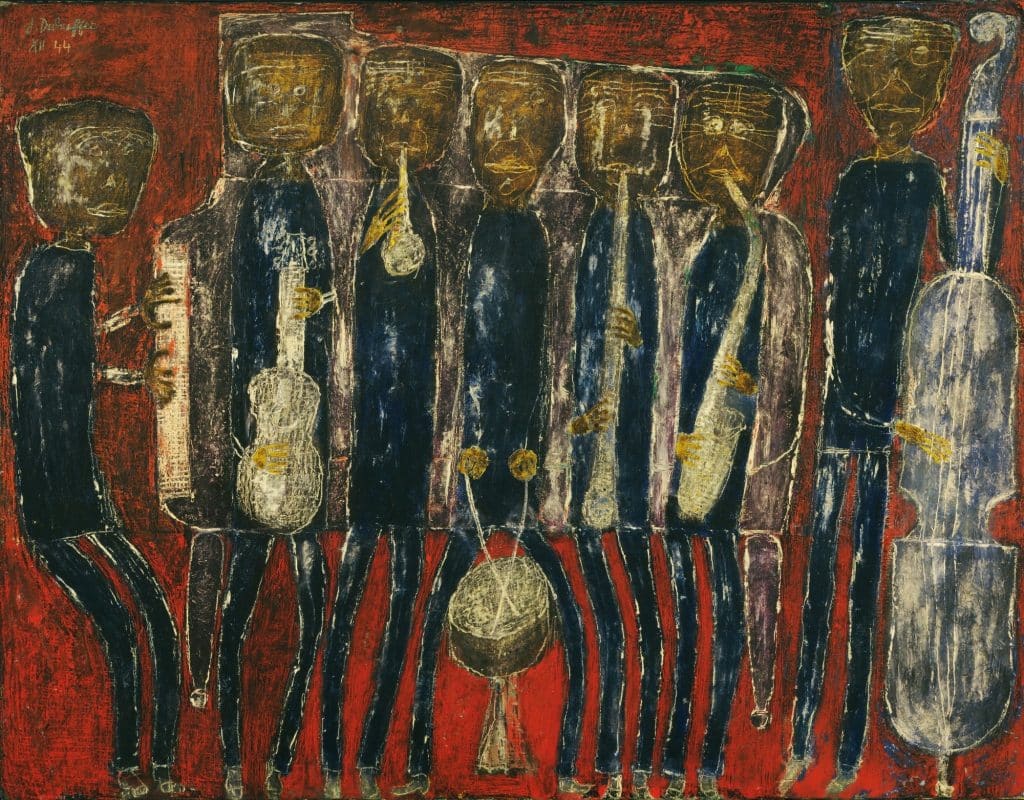
You Don’t Need An Art School Diploma To Be An Artist
First of all, the notion that only people who obtained degrees from art schools and universities are entitled to the title of “artist” can be easily overturned. Your success as an artist will not likely be defined by art degrees, the number of online courses you’ve attended, or years studying art theory. As an artist, your art career and success will rely more on your artistic identity, your creativity, or building artist brand.
There are so many famous artists who were self-taught and have left magnificent pieces of art behind them, without a diploma that acknowledges their artistic processes, talent, and creations.
The essential difference between a real artist and a layman is the amount of time they invest in improving their artistic skills, enhancing their art style and unique expression, enriching their artwork, and adding a long-lasting aesthetic value to it. So, if you are constantly involved in the creative process, you learn and practice new skills regularly, and you tend to grow as an artist over time, you may define yourself as an aspiring artist, even though you don’t have an art school diploma.
Profitable Artwork Cannot Define An Artist
There is nothing wrong with turning your work into a profitable art business that pays the bills. On the other hand, the fact that your art became profitable doesn’t define you as an artist. If you look back, you will find an array of struggling artists that left their masterpieces as a legacy to the art world but died in poverty, unable to sell any of these art pieces while they were alive. The most indicative example is Van Gogh, who managed to sell only one painting in his lifetime. Nowadays, Van Gogh’s masterpieces bring in tens of millions of dollars in record-breaking salesin auctions worldwide.
While the commercial success of your artwork is an amazing achievement, it does not necessarily define you as a successful artist. Many accomplished artists defined success as a talent “to make your unknown, known,” while any other concept of success was irrelevant to them. Simply put, what is essential for defining yourself as an artist is your ability to articulate your genuine“inner voice” through art and tell an original story about your personal experiences, background, memories, or ideas and beliefs.
However, if you succeed in defining yourself as an artist of a distinct style and unique voice, you set a cornerstone for branding yourself as an artist. There are numerous other factors that have to be taken into consideration when developing an artist brand and reputation, like setting up a business plan, networking, being visible, and being easily accessible. Still, every successful artist’s story begins with a work of art that expresses their personal artistic vision that is relatable and engaging to a broader audience.
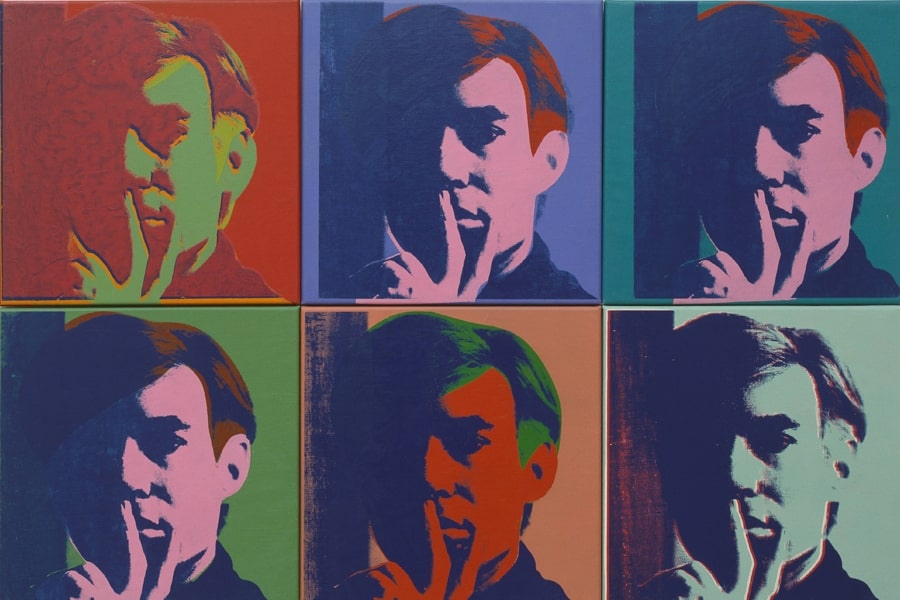
Public Gratification Of Your Work May Not Define You As An Artist
Some people felt that they could call themselves professional artists once they got recognition for their artwork from the artistic community, either by winning a significant grant or award or by putting up an exhibition in a renowned gallery. It is only natural for people to look for the approval of their achievements; that is how they feel respected and measure their artistic worth.
On the other hand, there is a large number of great artists with powerful creative expressions whose art was never acknowledged by jurors, gallerists, or collectors. Simply put, you don’t have to be acknowledged by the art establishment to define yourself as an artist. All you have to do is to stay consistent with your subject matter, your choice of medium, and your genuine vision to build a recognizable creation that will make your artwork stand out on the art scene.
The Significance Of Defining Yourself As An Artist
Now that we’ve cleared out the most common dilemmas on “What defines an artist?” we can focus on defining your identity as a working artist.
Accomplished artists succeed in transferring their perception of the world in a genuine manner that is still familiar and interesting to a wider audience. The bottom line is, you need to have an original story as an artist and use it as a foundation for building your artistic vision. Your experiences, memories, principles, dreams, emotions, and traumas all make up the creative journey that is uniquely yours but still relatable to many people, particularly your target fans and audiences.
Building Your Distinctive Style
Another essential aspect that defines you as an artist is a distinctive style. We have already mentioned how important it is to choose a subject matter and medium that will express your vision of the world authentically. Whether you opt for painting, using a pen and ink, or creating multimedia installations to share your story with the world, stay within your genre, your favorite color palette, and techniques. Try not to wander around too often because this consistency in your artistic voice will help you develop a recognizable style that will make your art stand out among others.
You only need to take one look at works of great masters to conclude that all of them, Klimt, Monet, Dali, and Picasso had developed artistic styles that perfectly complemented their genuine vision of the world. This is the reason why their pieces of art were incorporated into the cultural spheres of global heritage and are easily recognized all around the world.
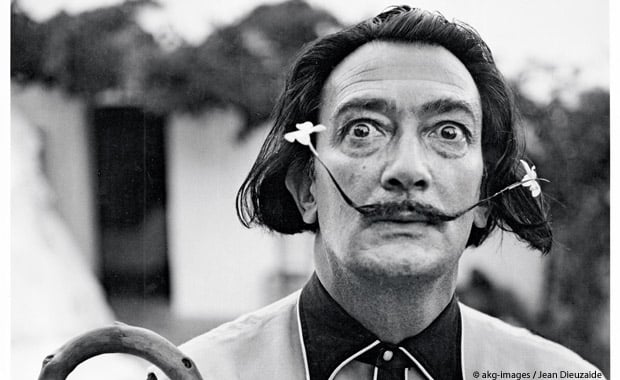
Reinventing Your Artistic Persona
It is crucial to define your artistic persona, along with the original story and distinctive style that makes your art recognizable. What does this mean, and how can it distinguish you from other artists eager to get noticed on a highly competitive art scene?
Picasso knew that his immense talent would not be the only singular ally on his road to great success and global recognition. That’s why he constantly wrapped himself in an aura of controversy, which incited additional interest in his way of life that successfully increased attention and fascination to his artwork. This example clearly shows that the allure of great art involves the artist’s persona, which has to fall in line with the message that their art conveys.
So, apart from creating genuine art that will define you as an artist, it is equally important for you, as an artist, to stay true to your story and create an enduring artist persona that will be equally intriguing as your work.
Conclusion
As we reveal the crucial factors in defining yourself as an artist, we came to the realization that you don’t have to obtain any formal education to see yourself as an artist. You also don’t have to make profitable art or any money as an artist to call yourself one. The recognition of the artistic community, or how you’re perceived on social media, also doesn’t automatically make you a great artist. Whether you make a living as an artist and a full-time creative or work a day job completely unrelated to the art scene and create fine art in your available free time, your artistic identity is yours to mold and define.
However, if you work persistently on your skills and artist brand development, commit to your idea of success, and stay consistent with themes and materials that express your authentic artistic story and vision, you will form the recognizable language and style that will define you as an artist. This will make your art memorable and relatable to a large number of art public, allowing you to earn money and/or reach wider audiences through your art, if you so choose.

